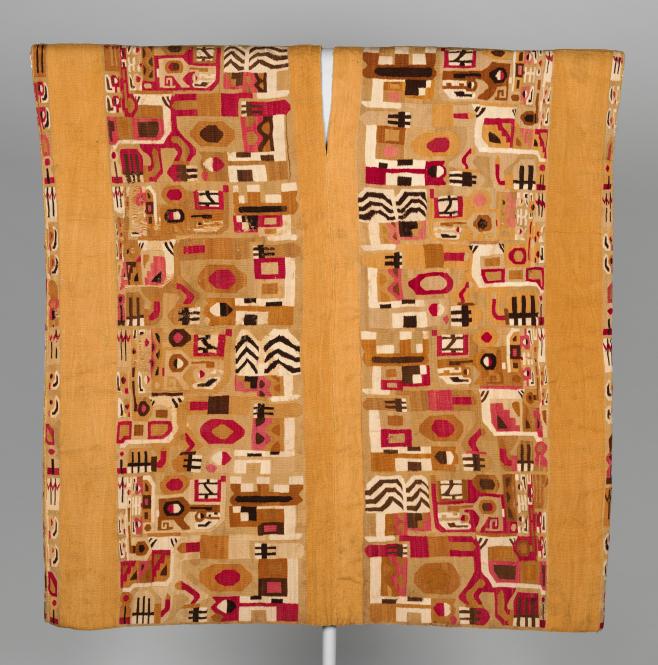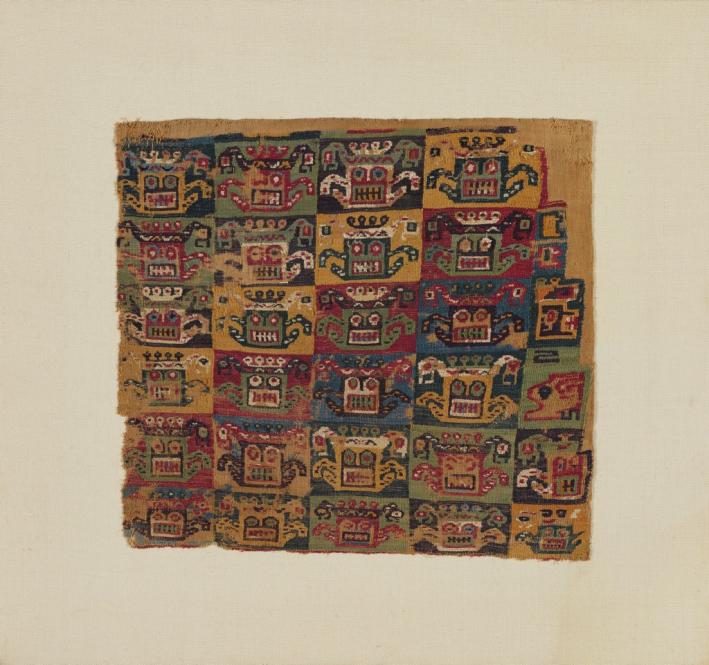2021.146

Object Title
Tunic
Measurements
100 x 100 cm
Creation Date
7th-9th century
Credit Line
Gift of Claudia Quentin, 2021
Museum Name
Museum Contact
provenance.research@metmuseum.org
Culture
Country of Origin
Object Type
Materials / Techniques
Object URL
https://www.metmuseum.org/art/collection/search/675980
Museum's Definition of Antiquity
Definition of Antiquity for the Michael C. Rockefeller Wing, MMA: Created before the Age of Exploration (beginning in the early 15th century) and buried at one time.
Provenance Information
[André Emmerich Gallery, New York, 1960’s]; Guido and Nelly di Tella, Buenos Aires, 1960’s-2013; Claudia Quentin, New York, 2013-2021
Exhibition Information
On view in the Michael C. Rockefeller Wing, The Metropolitan Museum of Art, September 22, 2015-April 26, 2016 (TR.561.2014; L.2015.14)
Publication Information
None known.
Section of the AAMD Guidelines relied upon for the exception to 1970
Informed judgement that works were outside of the country of modern discovery before 1970
Explain why the object fits the exception set forth above
The work has a reported provenance from 1960’s, when it was acquired by Guido and Nelly di Tella, Buenos Aires, from dealer André Emmerich, New York. The di Tellas sold the Wari tunic to Claudia Quentin, Buenos Aires, in 2013 at which time Mrs. di Tella informed Mrs. Quentin that the tunic came from Andre Emmerich. The di Tella children have confirmed that their parents bought from Mr. Emmerich in the 1960’s and remember Precolumbian textiles in a protected niche in their home since that time. In addition, the conservation technique applied to the Tunic is of a type known from the 1950’s and 1960’s and not used in recent decades.
